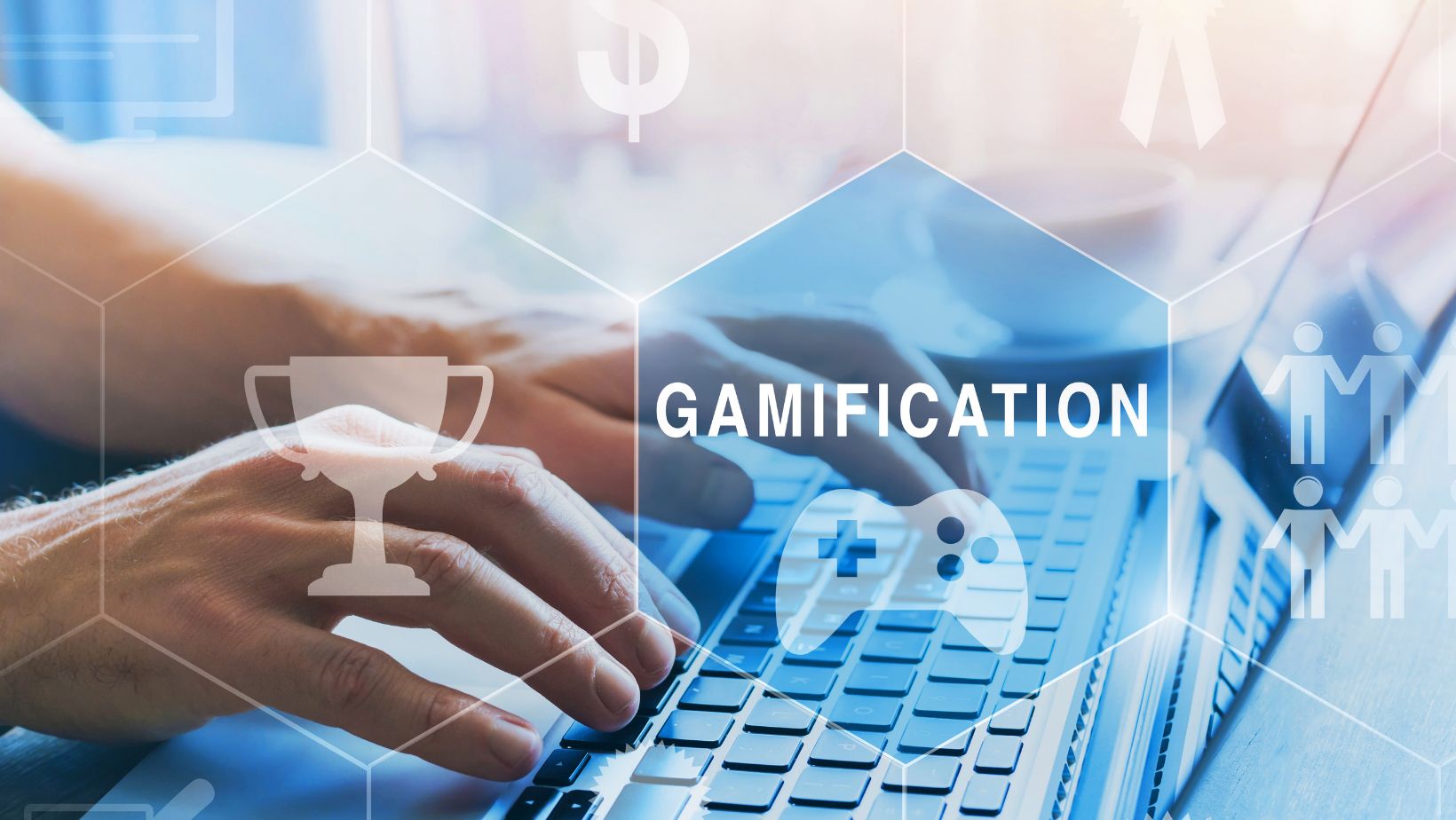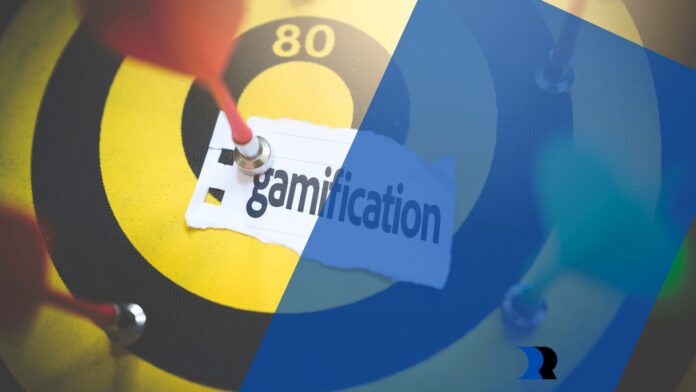Gamification is a way to make everyday activities more fun by adding game-like features. Startups use gamification to grab attention, keep users interested, and make their products more exciting. It includes things like points, rewards, leaderboards, and challenges to encourage people to participate and keep coming back. From learning apps to fitness trackers, gamification has become a powerful tool in helping startups grow. Let’s take a closer look at how gamification works, why it’s so popular, and how it’s used in different industries to keep users hooked.
Why Gamification Works
Gamification works because it makes people feel good about reaching small goals. When you earn a badge, complete a level, or see a progress bar fill up, it gives you a sense of accomplishment. This motivates you to keep going. Startups use these tricks to make their apps or websites feel more rewarding. For example, apps that track daily habits or learning progress use points or streaks to show users how far they’ve come. This approach works well because it feels less like work and more like fun.
Making Learning Fun
Learning can sometimes feel boring, but gamification has changed that. Apps like Duolingo use rewards like streaks and badges to make practicing a language fun.

You might even compete with friends on a leaderboard to see who’s learning the fastest. These game-like features turn studying into something you look forward to instead of a chore. For younger users, gamification makes education exciting and interactive, helping them stay focused for longer periods. Startups in education have made huge progress by using games to make learning fun for everyone.
Rewards in Online Gaming
Gamification is also a big deal in online gaming platforms, especially online casinos. These platforms use special incentives, like offering a free bonus, no deposit required, which you can learn more about here, to encourage new players to try their games. This means you can start playing without spending money upfront, which makes it more appealing. Online casinos also use daily challenges, rewards for completing tasks, and levels to keep players engaged. These features make the experience feel interactive and exciting and keep users coming back for more fun while exploring different games.
How Fitness Apps Motivate Users
Fitness apps have turned working out into a game. They made it more enjoyable to stay healthy. Apps like Fitbit and Strava let users track their progress, set personal goals, and earn rewards for completing challenges. Leaderboards allow friends to compete with each other, while streaks and badges keep users motivated.

For example, you might unlock an achievement for completing a virtual race or reaching your daily step goal. Gamification makes exercise feel less like a chore and more like an exciting challenge, as it encourages people to stay active. Drawing on the experience of industry leaders can make all the difference: insights from Robert Towles underscore how establishing clear objectives, crafting meaningful rewards, and collecting ongoing user feedback are vital to designing game elements that truly engage and retain users.
The Future of Gamification
Gamification is getting even better as technology improves. Virtual reality (VR) and augmented reality (AR) are adding new ways to make games and apps more interactive and fun. Startups are also starting to create personalized rewards, tailoring challenges and goals to each user’s preferences. This makes gamification feel even more exciting and personal. As more industries adopt gamification, it’s clear that turning everyday activities into games will continue to be a powerful way to attract and keep users.


